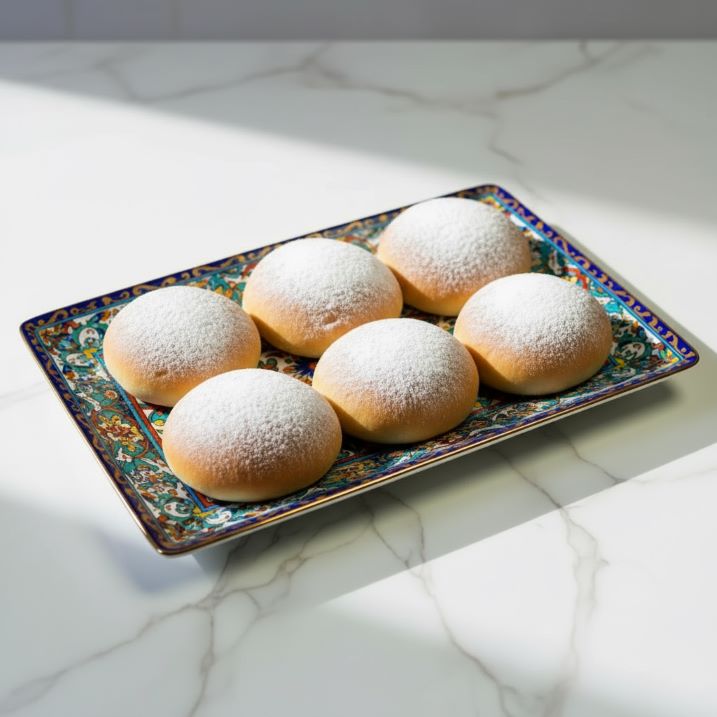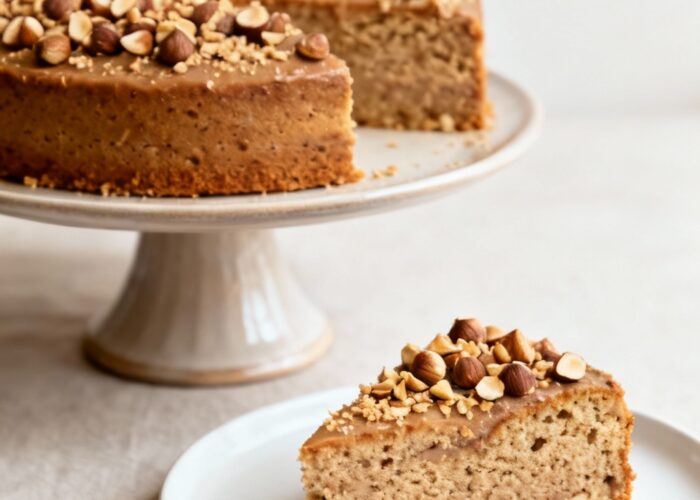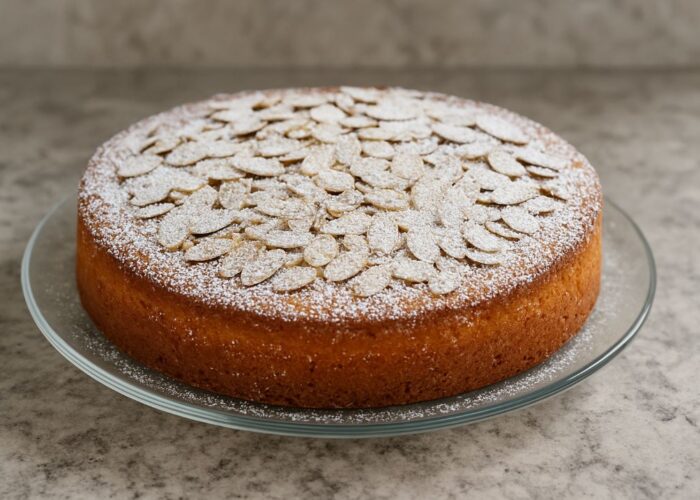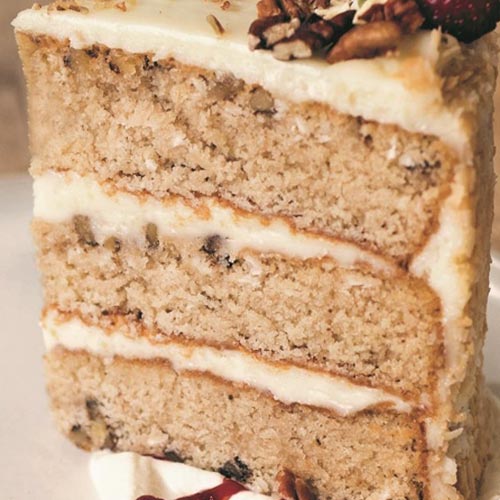Iris – A Hidden Gem of Sicilian Sweet Tradition
You know, in Sicily, every pastry has its own story and let me tell you, the Iris is one of the most cherished tales out there. Golden, soft, and stuffed with creamy ricotta and chocolate, this pastry really is comfort in edible form. The name might sound a bit delicate, but trust me, the flavor packs a punch rich, bold, and totally unforgettable, just like the island it hails from.
So, here’s the scoop, the Iris was born right in Palermo, the heart and soul of Sicilian pastry culture. It first made its debut in the early 1900s, thanks to a local pastry chef named Antonio Lo Verso, who ran the popular Pasticceria Lo Verso. Rumor has it that he whipped up this pastry to celebrate the opera “Iris” by Pietro Mascagni, which was all the rage in the city at that time.
To mark the occasion, Lo Verso had a brilliant idea, a fried brioche filled with sweet ricotta and chocolate, all dusted with sugar. It was tender, aromatic, and, well, it didn’t take long before it became a total hit. Soon enough, everyone in Palermo was lining up for a taste of this pastry.
The traditional Iris really is a symbol of Sicilian abundance, taking simple ingredients and turning them into something extraordinary. The base is a bit like soft brioche dough, enriched with butter and eggs. But the real magic? It’s the heart of the pastry, where creamy ricotta meets sugar and chocolate chips or cocoa. It’s a delicious nod to Sicily’s long-standing love for both cheese and chocolate.
When you fry it up, the outside turns golden and crisp while the inside stays warm, melty, and fragrant. Honestly, the contrast of textures is totally irresistible crunchy on the outside and cloud-soft within.
From Palermo Streets to Every Sicilian Table
If you stroll through Palermo, you’ll still find Iris pastries at those old cafés and bakeries. Locals love to dig into them fresh out of the fryer in the morning or as a late-night treat after wandering through the bustling markets. While the fried versions are the traditional way to enjoy them, some bakeries have started baking them for a lighter take, proof that this classic recipe continues to evolve while keeping its heart.
What really makes the Iris unforgettable isn’t just the taste, it’s the feeling that comes with each bite. You can almost savor the warmth of Sicilian mornings, the delightful aroma of ricotta, and that golden hush of a pastry just pulled from the fryer. It’s rustic yet elegant, nostalgic yet vibrant, alive in every little corner bakery in Palermo.
About the Recipe
The Iris is the kind of pastry that feels like a hug from Palermo itself. Soft like a morning brioche, creamy with ricotta, and kissed with chocolate, it’s indulgent without trying too hard. Traditionally, it’s fried to achieve that irresistible golden crunch, the kind that cracks gently before melting into sweetness.
But even baked, it keeps its soul light, tender, and full of that unmistakable Sicilian warmth. Inside, the ricotta filling stays smooth and velvety, with a hint of cocoa and just the right touch of tang. Every bite feels balanced, comforting, and honest like the pastries you’d find cooling on a grandmother’s kitchen counter by the sea.
This recipe brings a piece of Palermo’s soul into your kitchen. Fry it for the classic street version or bake it for a modern twist either way, you’ll taste Sicily’s sunshine in every bite.
Flavor Variations
Add your personal touch. A hint of orange zest, a sprinkle of cinnamon, or even a spoonful of chocolate chips can make the filling your own. For a lighter version brush with milk and bake instead of frying. You’ll still get that golden glow, just a little softer
Classic Chocolate & Ricotta (The Original): The timeless version that made Palermo fall in love,creamy ricotta blended with sugar and cocoa or tiny chocolate chips. Pure, simple perfection.
Pistachio Dream: Fold a spoonful of Sicilian pistachio cream into the ricotta for a nutty, vibrant green filling. It’s luxurious, slightly earthy, and absolutely stunning when dusted with powdered sugar.
Lemon Kiss: Add lemon zest and a drop of vanilla to the ricotta for a lighter, fresher twist. Perfect for summer mornings or alongside an espresso.
Nutella Heart: Modern bakeries often swap the filling for Nutella or hazelnut spread. It melts beautifully inside the brioche, a hit with kids (and adults alike).
Coffee Lover’s: Blend a little espresso powder or coffee liqueur into the filling for a rich mocha touch — ideal for an after-dinner dessert.
Custard or Cream Variation: Replace the ricotta with vanilla pastry cream for a softer, milky version, delicate and nostalgic.
The Iris is best enjoyed fresh, still warm, the sugar glistening on its golden crust, and the ricotta just beginning to melt inside. In Palermo, people often grab one in the morning with a strong espresso, standing at the counter of a small café while the city wakes up around them. Others savor it as a sweet pause in the afternoon, or even as a midnight treat after a walk through the old streets.

Serving
At home, serve your Iris pastries on a simple plate with a dusting of powdered sugar. Pair them with espresso, cappuccino, or a small glass of Marsala or sweet dessert wine for an authentic Sicilian touch. They’re wonderful for brunch, holidays, or any time you want to bring a little Mediterranean sunshine to your table.
Storage
Like most Sicilian pastries, Iris pastries are best the day they’re made, especially when fried. The outside stays crisp and the filling creamy. If you have a few left, let them cool completely before storing.
At room temperature: Keep baked Iris covered in an airtight container for up to 1 day.
In the fridge: Store for up to 2 days in a sealed container. Reheat briefly in the oven at 325°F (160°C) to bring back the softness.
Avoid microwaving: It can make the dough rubbery and the filling lose its texture.
Freezing tip: You can freeze the unfilled dough balls for up to 1 month. Thaw, fill, and cook fresh when you’re ready for that warm Sicilian sweetness.
Nothing compares to a freshly made Iris.













